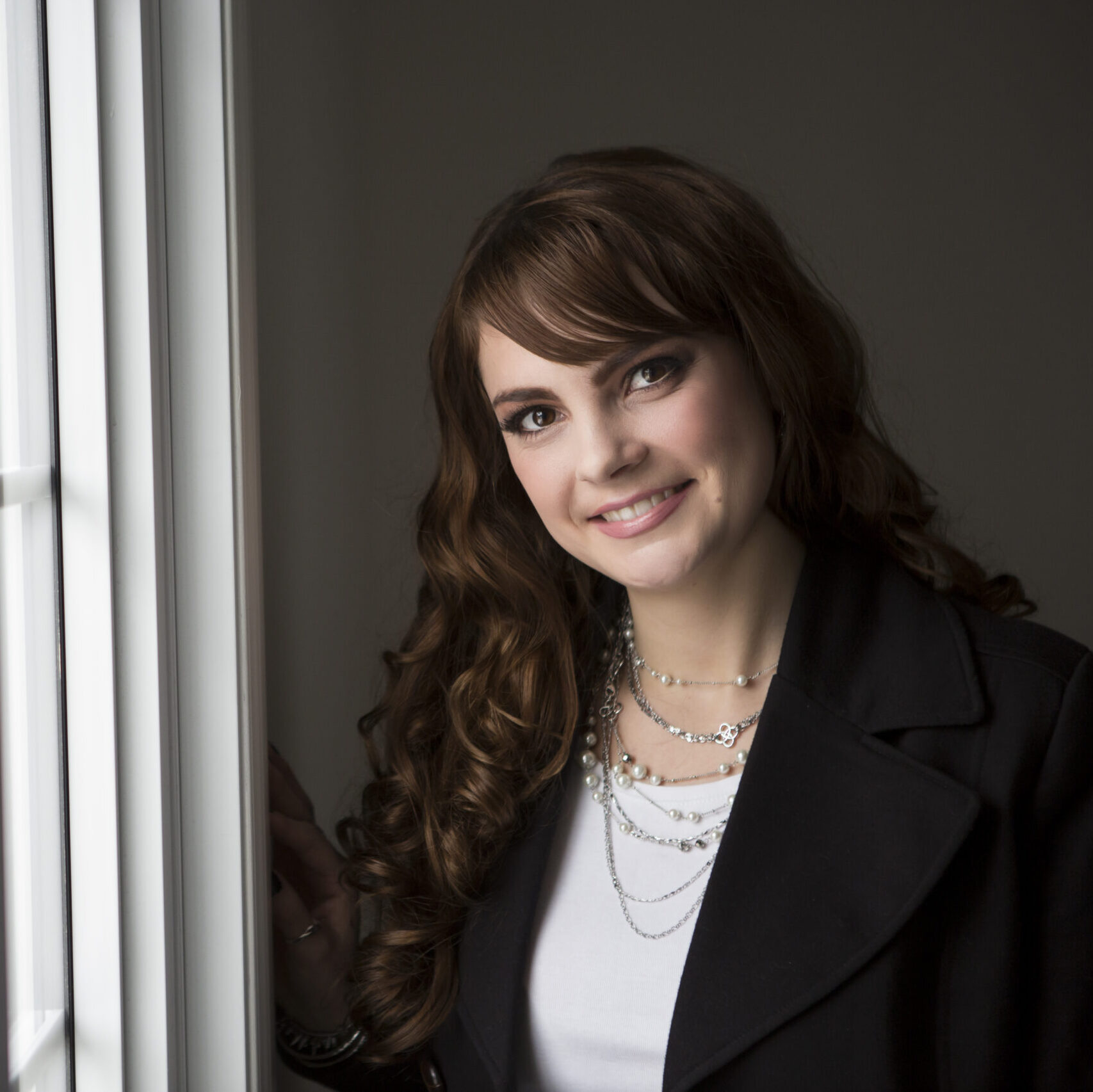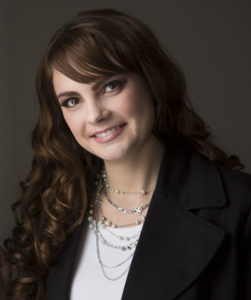New hypertext narrative forms – what’s beyond the hyperlink?
The new digital medium of hypertext fiction requires a narrative form because of its non-linear design. In regards to this issue Landow (1992) writes, “either one simply cannot write hypertext fiction […] or else Aristotelian definitions and descriptions of plot do not apply to stories read and written within a hypertext environment” (p. 101). The hypertext medium necessitates changes to traditional plot lines and story structure as we know it. Hypertext therefore calls into question:
- fixed sequence,
- definite beginning and ending,
- a story’s ‘certain definite magnitude,’ and
- the conception of unity or wholeness associated with all these other concepts (Landow, 1992, p.102).
Even though Landow exposed these issues regarding hypertext narrative form in 1992, there has not yet been a major move by writers to embrace these changes. Landow (1992) determined that hypertextual narrative’s defining qualities are: “its non- or multilinearity, its multi-vocality, and its inevitable blending of media and modes, particularly its tendency to marry the visual and the verbal” (p. 103). This definition of hypertext is more fitting to the digital medium as a whole. So far, instead of concentrating on the multimedia aspects, Landow notes that most authors concentrate on the effects the hypertext format will have on the linear narrative. With the current state examples of hypertext fiction, the linearity becomes the individual reader’s experience of following a particular path.
A major problem facing future creators of hypertextual fictions is that the narrative runs the risk of becoming “slackly driven so as to loose force of attraction, giving way to a kind of static low-charged lyricism, that dreamy, gravityless, lost-in-space feeling” (Coover, as cited in Landow, 1992, p. 118). Coover also notes that not only is the reader dissatisfied, but that the author has a fear of loosing control because it becomes an obligation to write so many different directions of the story (as cited in Landow, 1992, p. 119). This demand on the author may explain why they have been reluctant to revisit the creation of hypertext fiction books.
Therefore, perhaps if our focus was redirected to looking at other technical aspects of hypertext books – such as, the inclusion of multimedia sources like visuals and audio and the blending of these to create a book that could be read only in digital format – it could lead to a potential increase in popularity and sales of the hypertext book?
Video: The Future of the Book
Shows possibilities (Nelson, Coupland and Alice) for innovative design to create added value for readers.
The Future of the Book. from IDEO on Vimeo.
***continued***
Navigation menu (Index)
Where is all the Hypertext Fiction in this Digital Age?
1.0 Phenomenology of reading print vs. digital books
2.0 Remediating the book metaphor – what makes a book, a book?
2.1 Remediating the World Wide Web – is hypertext a space?
3.0 Navigating the non-linear hypertext – where to click now?
3.1 Examples of hypertext fiction – how to write hypertext narratives?
<—>
5.0 The future of hypertext fiction – Cyberbooks?


[…] 4.0 New hypertext narrative forms – what’s beyond the hyperlink? […]